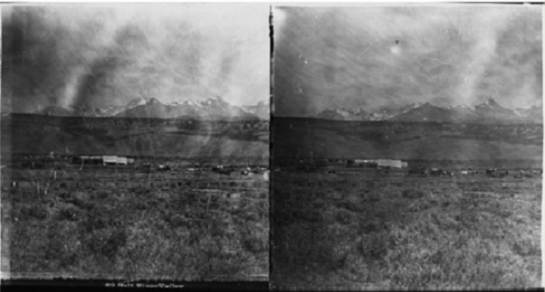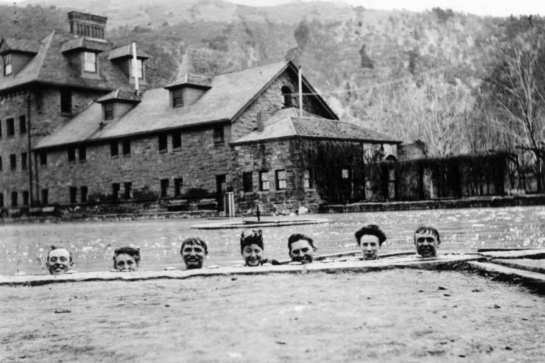
This 1836 map by James Webster comes from the David Rumsey Historical Map Collection.
By Thomas Richards, Jr.
This past June the Huntington Library generously provided me a fellowship to research its vast manuscript holdings in the history of the American West. The research was meant to provide additional sources for my book manuscript, tentatively titled The North America that Almost Was: Breakaway Republics and Contested Sovereignty in the Era of Manifest Destiny, which is based upon a dissertation I defended at Temple University in the fall of 2016.
My study examines the motivations and subsequent actions of Americans who left U.S. borders between 1836 and 1846, for places as diverse as the Republic of Texas, Upper Canada, Indian Territory, Oregon Country, and Mexican California. Historians have often defined these American migrants as harbingers of the United States’ “Manifest Destiny,” who longed to expand U.S. borders. However, a closer reading of their letters and diaries at the time reveals a much more complicated story, one in which most migrants left U.S. borders because the United States no longer facilitated their economic and social ambitions. Thus, once beyond these borders, migrants cared little whether the United States would expand in the near future, but instead sought to assert local sovereignty that would further their own goals. Indeed, for several years in the late 1830s and early 1840s, migrants (and many other Americans) imagined that the United States would never expand, but rather North America would be composed of several Anglo-American republics. My study concludes with a reinterpretation of the politics surrounding the Mexican War and the Oregon Treaty. I argue that one overlooked reason for Polk’s aggression was because he reached a similar conclusion as many migrants; for him, however, any independent Anglo-American republic would be a distinct threat to U.S. expansion, and thus the independent political actions of Americans beyond U.S. borders needed to be promptly curbed.
While at the Huntington, I have been primarily examining the library’s rich sources on Mexican California, including both the papers of Californios and Americans who already resided in the territory, as well as the diaries and letters of American overlanders traveling to the region. These include prominent collections like the Abel Stearns Papers, and also lesser known holdings such as “Affidavits of Americans in Mexico, 1840,” in which Americans captured during the infamous Graham Affair provided statements of what their lives were like in California prior to their arrests. In addition, I have also explored collections on Oregon Country, particularly the Elkanah Walker papers, as well the Huntington’s substantial holdings of overland trail diaries and travelogues detailing the journey to Oregon. The Huntington’s Mormon File has likewise been immensely helpful to my research, especially the Mormon Battalion diaries in the collection. Remarkably, I have even found several useful items in areas that the Huntington is not known for – on Indian Territory in the 1830s (most are located in the American Indian File) and even Upper Canada (found in disperse items like the Gilbert Belnap Autobiography and the Edmund Kirby Papers).
In the coming months I will start a postdoctoral fellowship at Clements Center for Southwest Studies at SMU, where I will integrate these sources into my manuscript. I thank the Huntington for its generosity, its librarians and archivists for their kindness and immense help with my research, and its other fellows for the many interesting discussions over lunch and coffee.
After receiving his PhD from Temple University, Thomas Richards, Jr. will start his postdoctoral fellowship at the William P. Clements Center for Southwest Studies at Southern Methodist University in the Fall.
West Work is ICW’s blog series highlighting Western History scholars’ findings based on their research in local archives.













